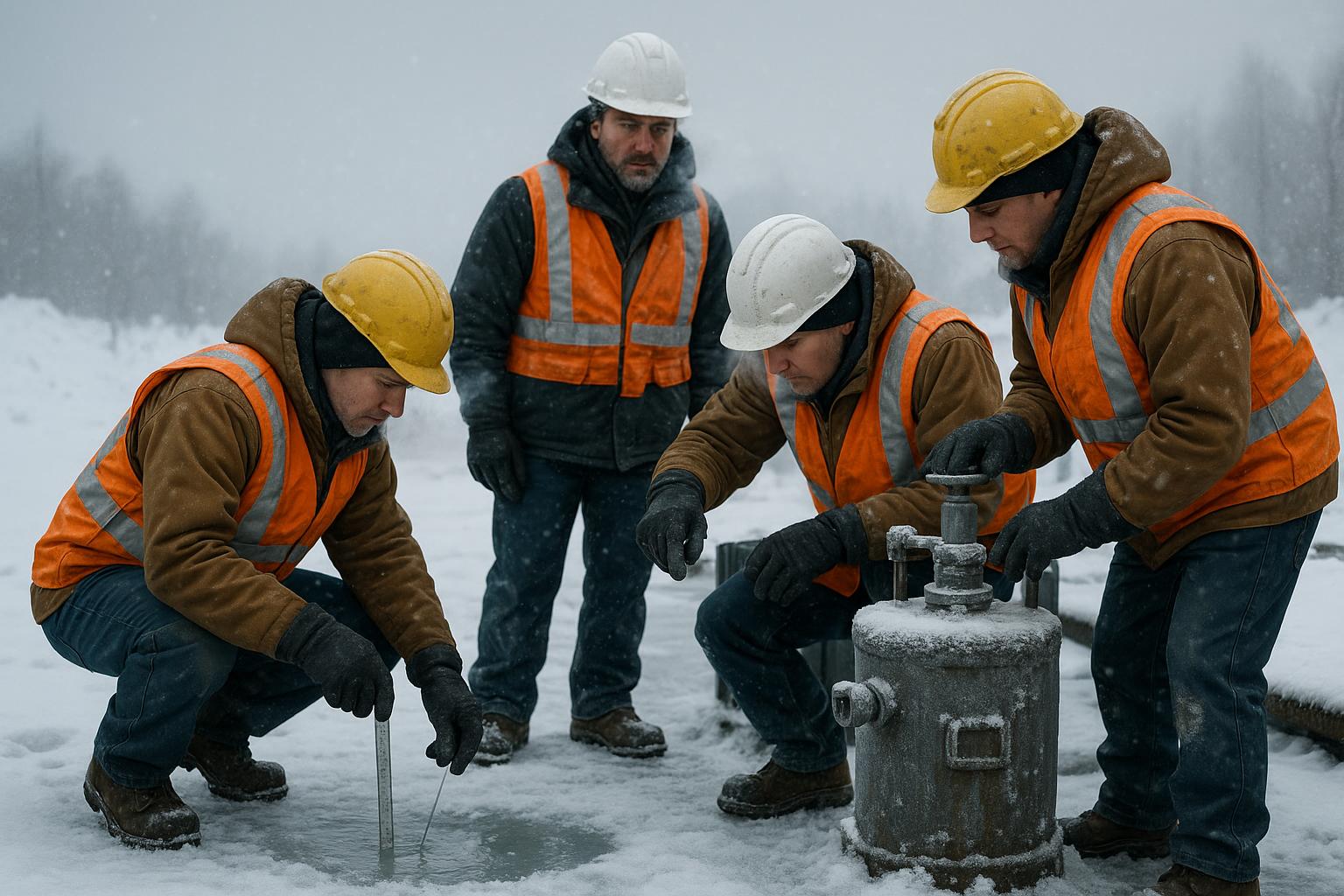In the realm of workplace safety, preparedness isn’t just a precaution; it’s a necessity. Emergency situations unfold without warning, demanding immediate and knowledgeable response. To ensure every member of your team is equipped to handle unforeseen challenges, establishing a robust workplace safety training program is crucial. Here’s how to develop a program that not only educates but empowers your employees to act decisively during emergencies.
Identify the Risks Specific to Your Workplace:
The first step in crafting an effective safety training program is to conduct a thorough risk assessment of your work environment. This evaluation should pinpoint specific hazards that your employees may face, such as chemical risks in a laboratory, machinery in manufacturing plants, or potential fire hazards in office buildings. Understanding these risks lays the groundwork for all subsequent training efforts.
Develop Customized Training Modules:
Once risks are identified, develop training modules that address each specific hazard. These programs should be tailored not just to the risks, but also to the various roles within your organization. For instance, the training for those working directly with hazardous materials will differ significantly from that of the administrative staff. Ensure that each module is comprehensive and accessible, using clear language and practical demonstrations where possible.
Incorporate Legal Requirements:
Your safety training program must comply with all relevant local, state, and federal regulations. This includes OSHA standards, which provide guidelines on emergency pathways, proper signage, and the minimum requirements for emergency preparedness training. Staying compliant not only helps in legal safeguarding but also assures that your training program meets established safety benchmarks.
Schedule Regular Training Sessions:
Emergency preparedness is not a one-and-done activity. Regular training sessions are essential to keep safety procedures fresh in the minds of your employees. Schedule mandatory training sessions at least annually, or more frequently depending on the nature of the hazards present. These sessions should be mandatory and logged to ensure full participation.
Conduct Drills and Simulations:
Theoretical knowledge of emergency procedures is valuable, but practical experience is crucial. Regular drills should simulate real-life scenarios specific to the identified risks of your workplace. For example, fire drills or evacuation procedures in case of a chemical spill. Such drills ensure that employees are not only familiar with the procedures but can also implement them under stress.
Gather Feedback and Continuously Improve:
After each training session and drill, gather feedback from participants about the clarity, relevance, and practical application of the information presented. Use this feedback to refine and improve the training modules. Continuous improvement is key to adapting your training program to new hazards, technological advancements, or changes in workforce composition.
Document Everything:
Documentation is a critical aspect of any safety training program. Maintain detailed records of what training has been done, who has attended, and when and where it was conducted. This documentation will be invaluable for both refining the training process and providing evidence of compliance with regulatory requirements.
Building an emergency preparedness program is an integral part of maintaining a safe workplace. It requires a systematic approach to assess risks, create targeted training modules, and ensure compliance with legal standards. By empowering your employees with knowledge and practical experience, you can foster a workplace environment that prioritizes safety and is prepared to handle emergencies with competence and confidence. Remember, a well-prepared team not only enhances safety but also contributes to the overall resilience of your organization.



